Foreign Ministry Spokesperson announces:
Member of the Political Bureau of the CPC Central Committee and Minister of Foreign Affairs Wang Yi will visit Ethiopia, Somalia, Tanzania and Lesotho upon invitation from January 7 to 12, and attend the…
Foreign Ministry Spokesperson announces:
Member of the Political Bureau of the CPC Central Committee and Minister of Foreign Affairs Wang Yi will visit Ethiopia, Somalia, Tanzania and Lesotho upon invitation from January 7 to 12, and attend the…

Painted houses and residential apartment blocks overlooking the fjord in Nuuk, Greenland, on Monday, Nov. 3, 2025.
Juliette Pavy | Bloomberg | Getty Images
It's not even been a week since the U.S. attack on Venezuela, and murmurs of another...
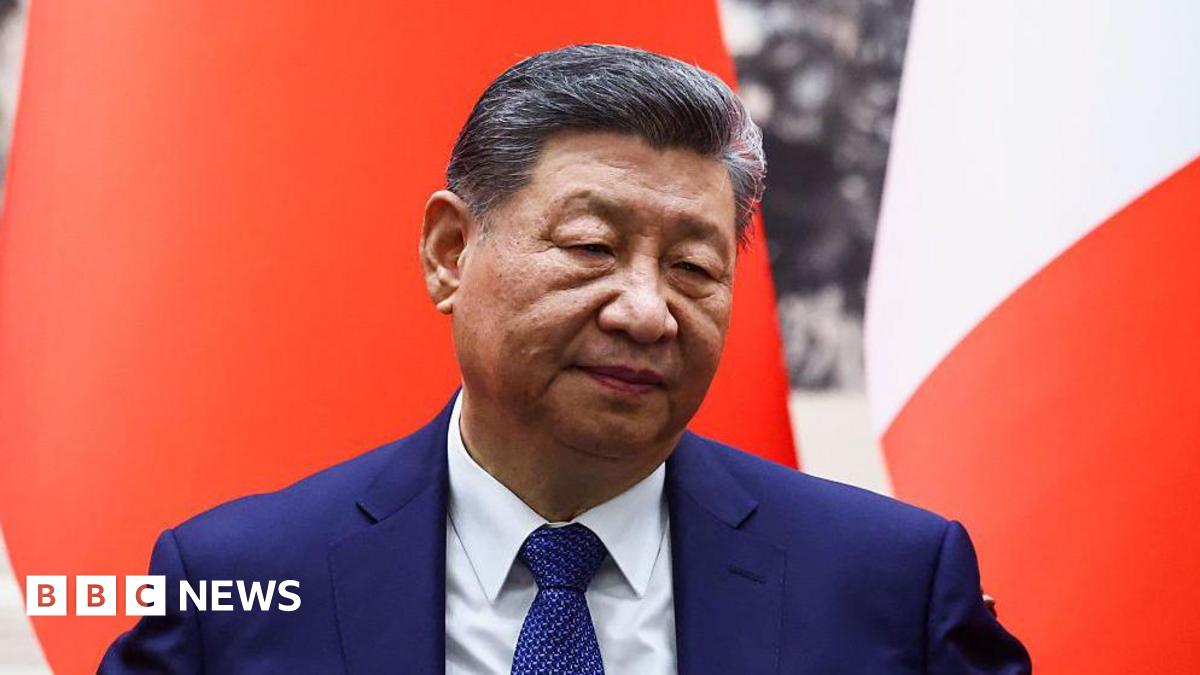
It took just a few hours for Donald Trump to upend a relationship that China had been cultivating for decades.
Only hours before he was seized in a nighttime raid, Venezuelan president Nicolás Maduro had been praising his Chinese counterpart Xi…
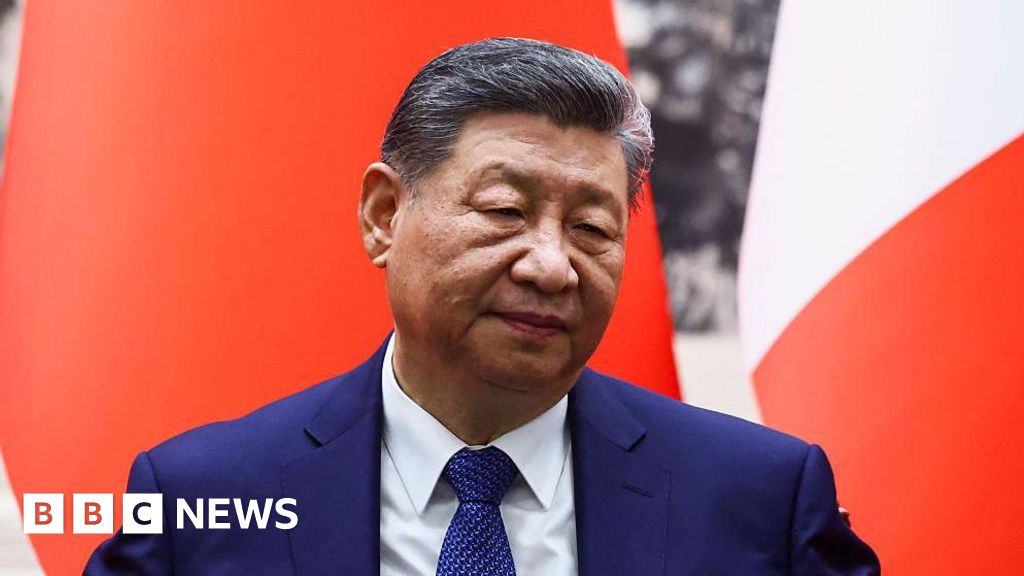
Laura BickerChina correspondent, Beijing
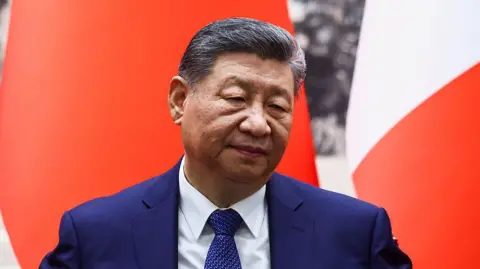 Getty Images
Getty ImagesIt took just a few hours for Donald Trump to upend a relationship that China had been cultivating for…
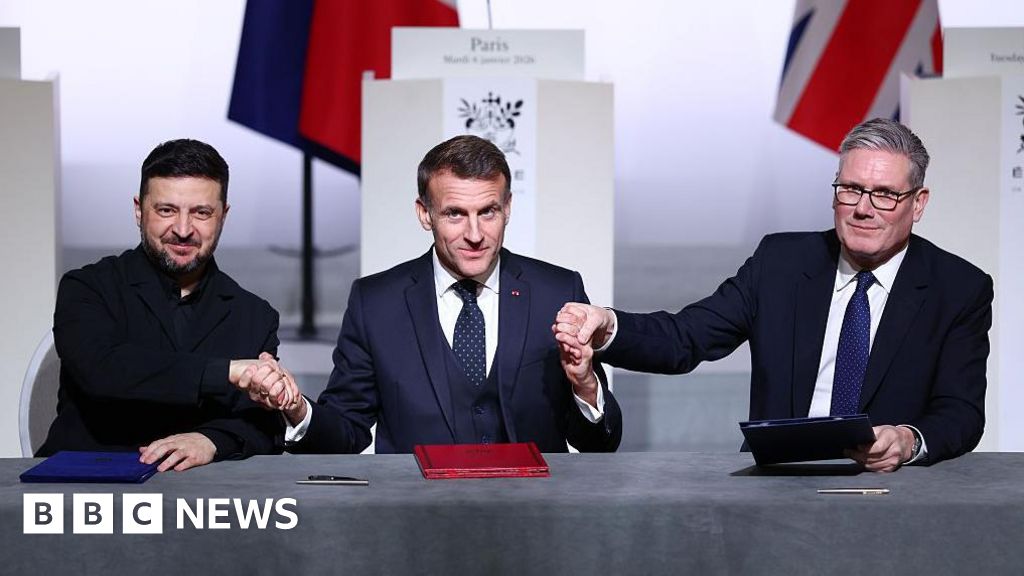
The UK and France have signed a declaration of intent on deploying troops in Ukraine if a peace deal is made with Russia, UK Prime Minister Sir Keir Starmer has announced.
After talks with Ukraine’s allies in Paris, he said the UK and France would…
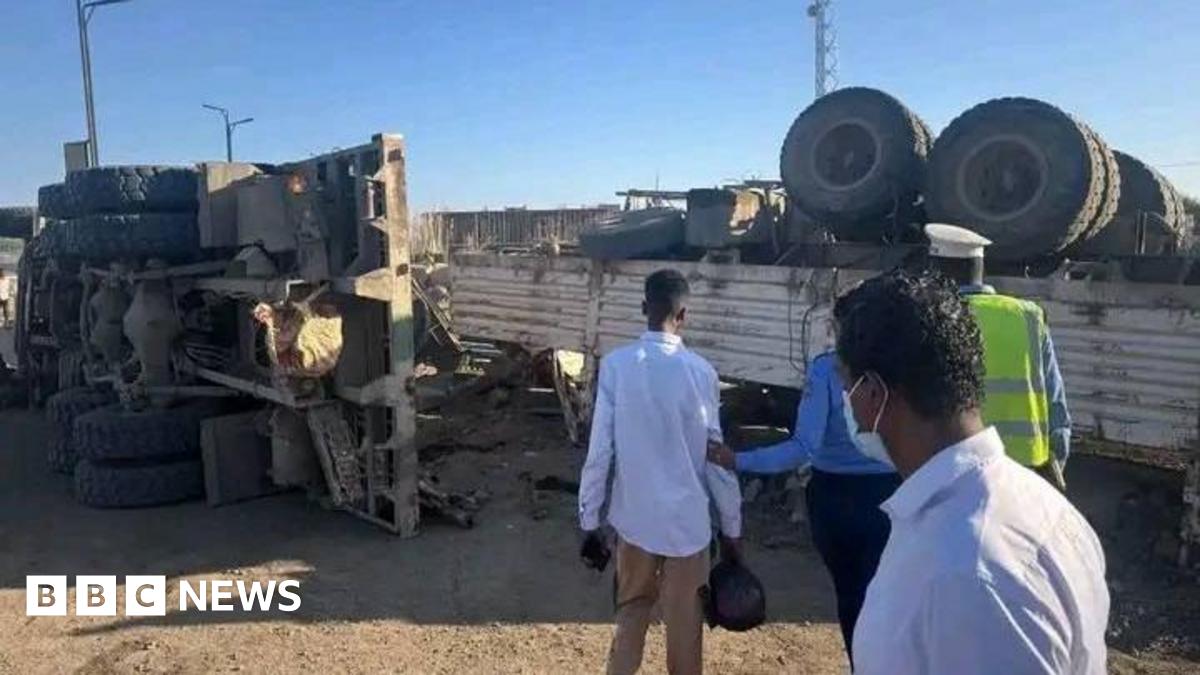
Biedo said that 30 of the injured are in a critical condition.
“The accident occurred when a lorry transporting migrants, misled by illegal brokers and unaware of the dangers of their journey, overturned,” Biedo said in the statement.
The Afar…
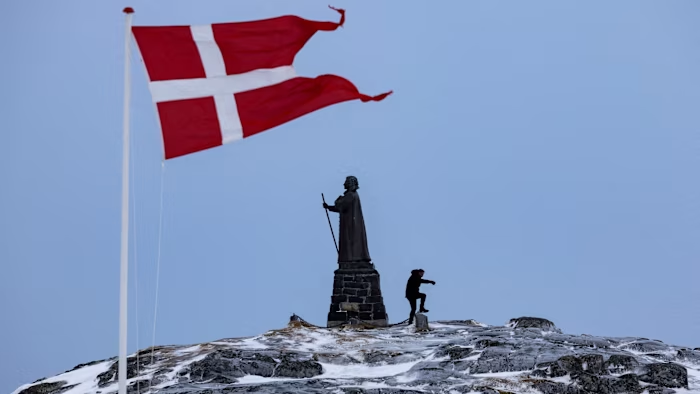
The Trump administration is exploring options including “utilising the US military” to acquire Greenland, the White House said on Tuesday, marking an increase in US pressure to gain control of the semi-autonomous Danish territory.
“President…

Donald Trump has suggested US taxpayers could reimburse energy companies for repairing Venezuelan infrastructure for extracting and shipping oil.
Trump acknowledged that “a lot of money” would need to be spent to increase oil production in